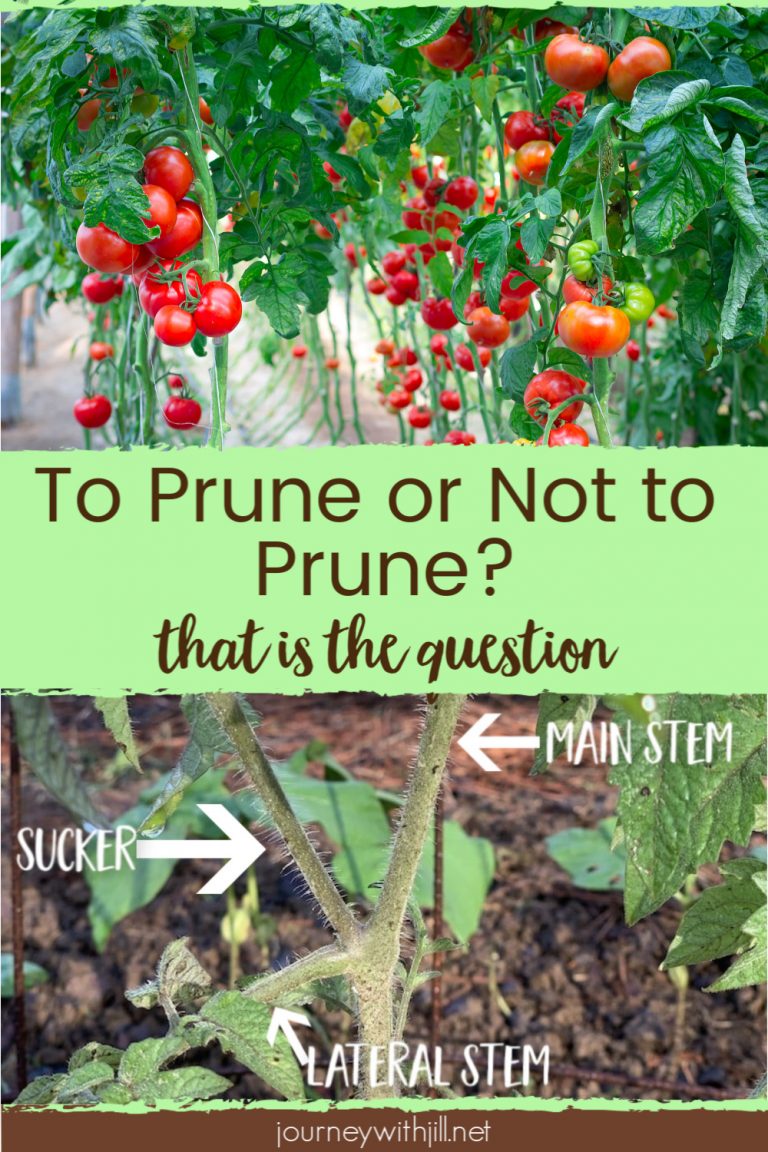
How to Properly Grow Strawberries in Pots for Maximum Yield in 2025
Growing strawberries in pots is a rewarding endeavor for both novice and experienced gardeners alike. Not only is it a delicious way to enjoy fresh fruit, but growing strawberries in containers offers flexibility, allowing you to position your plants in sunny spots while reaping the benefits of container gardening. This guide will walk you through essential strategies, from choosing the best soil for strawberries and understanding sunlight requirements to effective watering schedules and pest control methods. Whether you aim to grow strawberries indoors or outdoors, this resource will equip you with the tools and tips for success.
Throughout this article, we will explore various aspects of strawberry plant care, including fertilization techniques, pruning methods, and harvesting strategies. By the end, you'll be prepared to maximize your yield in 2025 and enjoy a bounty of tasty strawberries throughout the growing season.
Let’s dive into the essential tips for proper strawberry growing in pots!

Essential Tips for Successful Strawberry Gardening in Containers
Choosing the Right Container for Strawberries
When choosing containers for growing strawberries, size matters. Opt for pots that are at least 12 inches deep and wide to allow for ample root growth. This size ensures that your strawberry plants have enough space for their roots to spread out while also providing stability for the plant. Consider using lightweight, durable materials that can withstand outdoor conditions.
In addition to traditional pots, there are specialized strawberry planters available that are designed for optimal growth. These pots often have multiple openings that allow the strawberry plants to grow upwards and spread out effectively, making them a fantastic choice for maximizing space.
Best Soil for Strawberries: Composition and Quality
The best soil for strawberries should be well-draining and rich in organic matter. A mixture of potting soil, compost, and perlite or sand can provide the perfect balance. Aim for a soil pH of between 5.5 and 6.8 for optimal growth. Regularly test your soil and amend it with organic fertilizers as needed to maintain this pH level.
Utilizing high-quality soil will improve the health and productivity of your strawberry plants, ensuring that they receive the essential nutrients they need to thrive. This is particularly important, given the constraints of growing strawberries in pots.
Watering Techniques for Potted Strawberries
Understanding how to water strawberries in pots is crucial for their overall health. Always water the plants thoroughly when the top inch of soil is dry. A consistent watering schedule is essential; strawberries generally require about an inch of water per week. During hot summer months, you may need to water more frequently.
Using a drip irrigation system or self-watering containers can aid in maintaining the moisture levels in your pots, reducing the risk of both overwatering and underwatering. This will enable healthier growth and enhance your overall strawberry yield.
Sunlight Requirements for Strawberries
Strawberry plants flourish in full sunlight, with at least 6-8 hours of direct sunlight daily being ideal. When growing strawberries indoors, placing them near a south-facing window can help maximize their exposure to sunlight. If you're gardening outdoors, select a spot that is shielded from wind and excessive shade.
Understanding the light needs of strawberry plants not only promotes healthier plants but also ensures a higher production rate of strawberries. For balcony gardeners, consider utilizing reflectors or light bulbs designed for plant growth to supplement natural light.
Fertilizing Strawberries in Pots
Choosing the right strawberry fertilizer is essential for maintaining the health of your plants. Use a balanced fertilizer high in potassium, as this nutrient supports fruit development. Organic options, such as fish emulsion or compost tea, are excellent choices for potted strawberries.
Fertilizing should be done approximately every four to six weeks during the growing season. Be mindful not to over-fertilize, as this can lead to excessive foliage growth at the expense of fruit production. Monitoring your plants closely during feeding intervals will help diagnose their specific nutrient needs.
Troubleshooting Strawberry Growth Problems
Identifying signs of unhealthy strawberry plants is vital for successful gardening. Common indicators include yellowing leaves or wilting, which may suggest issues such as overwatering or nutrient deficiencies. In addition, watch for signs of disease or pest infestations that can affect strawberry yields.
Consulting resources on organic pest control methods can provide effective strategies for managing common pests. This is essential in safeguarding the health of your plants and ensuring that you can enjoy a bountiful harvest.

Best Practices for Growing Strawberries Indoors
Creating an Ideal Indoor Environment
When growing strawberries indoors, it’s essential to recreate an ideal environment that mirrors outdoor conditions. Maintain an average temperature between 65-75°F during the day and slightly cooler at night. Utilize grow lights if natural light is inadequate, ensuring that your strawberry plants receive the necessary light to flourish.
Humidity levels should also be monitored; strawberries thrive in moderate humidity—around 40-60%. Investing in a hygrometer can help maintain optimal humidity conditions indoors, leading to healthy plant growth.
Choosing Strawberry Varieties for Containers
Specific strawberry varieties are better suited for container gardening. Everbearing and day-neutral varieties are excellent options, as they produce fruit consistently throughout the growing season. Consider varieties such as 'Seascape,' 'Albion,' and 'Royal Royalty,' which are known for their robustness and productivity in pots.
When selecting varieties, consider traits such as flavor, yield, and disease resistance to ensure you choose the best strawberries for your gardening goals. This diverse range offers ample opportunities for experimentation and learning as you cultivate your harvest.
Understanding Strawberry Propagation Methods
Strawberry propagation can be done through several methods such as planting seeds, runners, or division. Each technique has its advantages and is suitable depending on your gardening preferences. Beginners may find it easier to start with seeds or purchased plants, while experienced gardeners can enjoy the challenge and rewards of propagating their strawberries through runners.
Propagation expands your strawberry crop while reducing costs. Engage in this fun aspect of gardening to enhance your connection with your strawberry plants!
Companion Plants for Strawberries
Incorporating companion plants alongside your strawberries can enhance growth and deter pests. Suitable companions include basil, borage, and marigolds. These plants not only attract beneficial insects but also improve soil health and contribute to a healthier garden ecosystem.
Outfitting your garden with these companion plants may encourage healthier strawberry growth while providing aesthetic beauty to your spaces as well.
Successfully Harvesting Strawberries in Pots
Knowing when to harvest strawberries is crucial for maximizing flavor and yield. Strawberries are ready to be picked when they turn a vibrant red color and emit a sweet aroma. Always harvest in the morning for optimal freshness.
Carefully twist or cut the strawberries from the stems to avoid damaging the plant. Ensure you clean and store your strawberries properly to extend their shelf life and maintain their delicious flavor.
Seasonal Strawberry Care: A Year-Round Guide
Spring Care for Strawberry Plants
As the growing season begins, ensure that your strawberry plants are pruned and any dead foliage removed. This promotes healthy growth as new leaves and flowers emerge. It is the perfect time to evaluate their light conditions and adjust your indoor arrangement as needed.
Summer Strawberry Care
During peak growing months, keep an eye on the moisture levels in your pots, as strawberries may dry out quickly in the heat. Implement a consistent watering schedule and monitor for pest infestations closely.
Fall Care for Strawberry Plants
Prepare your plants for winter by mulching around the base to protect roots from the cold. In fall, many gardeners choose to fertilize their strawberries to boost soil nutrients before the dormant season.
Winterizing Strawberry Pots
When winter arrives, bringing your potted strawberries indoors or utilizing blankets to shield them from frost is essential. If you leave them outdoors, ensure that they are insulated and can drain excess water to prevent root rot.
Q&A: Common Questions About Growing Strawberries in Pots
What is the best time to plant strawberries in pots?
The best time to plant strawberries in pots is in early spring or late fall when temperatures are cooler, providing an excellent environment for establishing the plants.
How often should I fertilize my potted strawberries?
It’s generally recommended to fertilize potted strawberries every four to six weeks during the growing season to ensure they receive adequate nutrition.
How can I ensure my strawberries get enough sunlight indoors?
To ensure your strawberries receive the necessary sunlight indoors, place them near south-facing windows. If natural light is insufficient, consider using grow lights to supplement their light requirements.
What are common pests that affect container-grown strawberries?
Common pests that affect potted strawberries include aphids, spider mites, and thrips. Implementing organic pest solutions and regularly inspecting your plants can help manage these pests effectively.
How do I troubleshoot strawberry growth problems?
To troubleshoot strawberry growth problems, first observe the visible symptoms, such as yellowing leaves or stunted growth. Identifying the core issue—whether it stems from nutrient deficiencies, pests, or environmental conditions—can help guide your corrective actions.
Conclusion: Enjoying the Fruit of Your Labor
By following these guidelines and implementing proper strawberry plant care techniques, you can cultivate healthy, productive strawberry plants in pots. From selecting the best soil to understanding watering needs and managing pests, you are now equipped to tackle your strawberry-growing adventure. The joy of harvesting your strawberries, whether indoors or outdoors, will provide immense satisfaction and delicious fruit for you and your family to enjoy in 2025 and beyond.